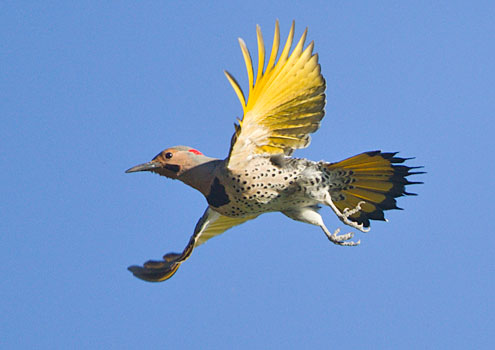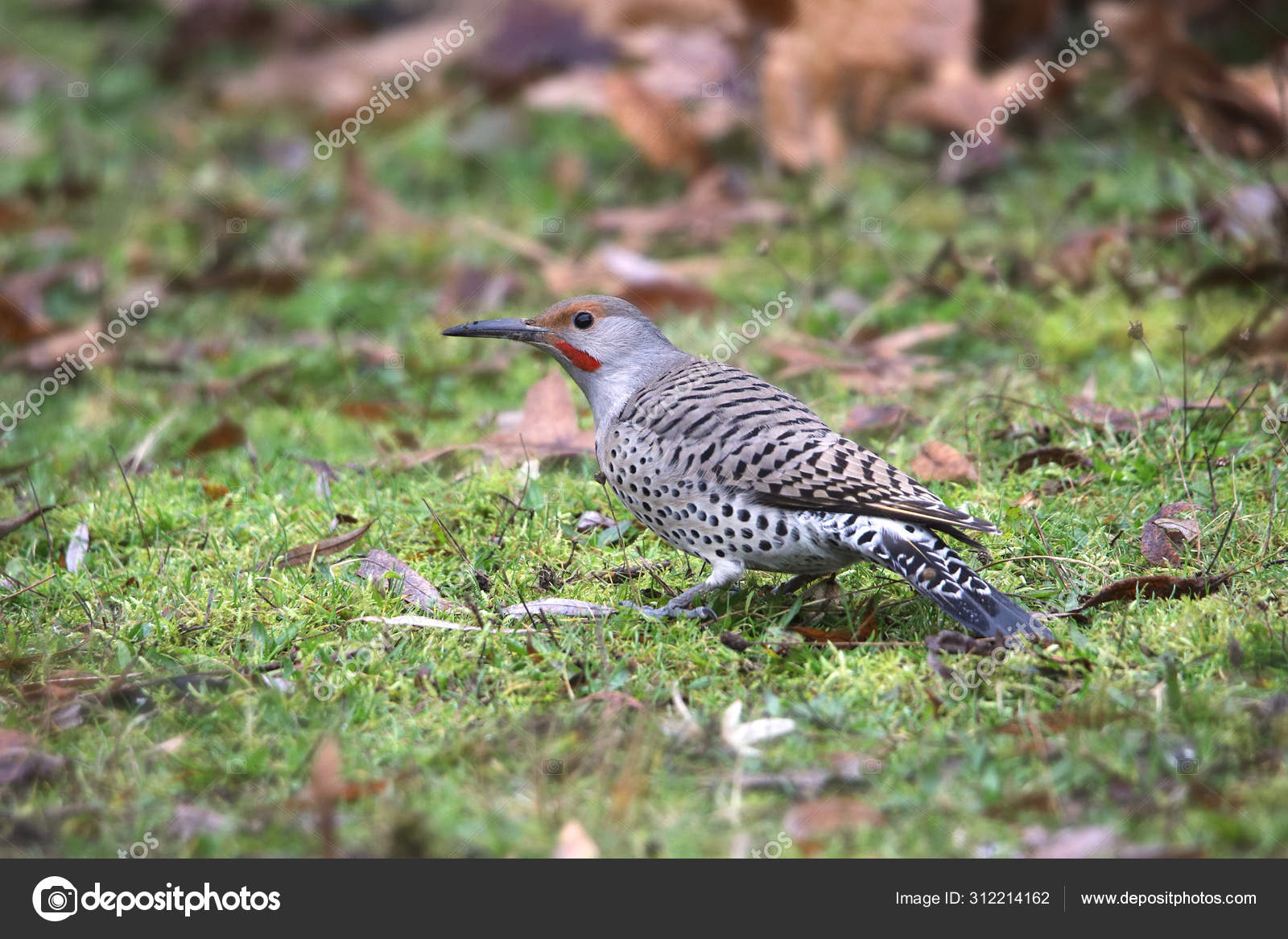

Twenty-five or 28 days later they will set off to noisily drum on trees, metal signs, telephone poles, siding and anything else if judges loud enough for the remainder of their nine-year lifespan. S galts’id eggs hatch after 11 or 12 days of incubation in clutches of six to eight smooth, glossy, white eggs, high above the ground in cavities dug out of trees. This keeps S galts’id’s coveted feathers clean and parasite-free. In a cleaning behaviour called ‘anting’, S galts’id also pick up the feisty morsels and douse their feathers in the defensive fomic acid the ants spray. Snacking, however, is not the only use for an ant. Yellow-winged eastern and boreal birds (yellow-shafted flickers) and. S galts’id is the only woodpecker that hammers into the ground to mine juicy ant-larvae, scooping up the helpless snacks with its 50mm-long tongue. This familiar large woodpecker and the closely related gilded flicker show flashy. While they are best known for loudly banging on trees in pursuit of grubs, this species actually has the peculiar habit of dining on the ground, where ants make up to 45% of their diet. He looked very much like the flickers we have here in Ontario, but a bit of searching in the bird books told me that the red shafted ones live in Western Canada and the yellow. Just look at all those spots on its belly. We first spotted the flicker sitting on a fence post at the back of the garden.

Males also grow a bright red ‘moustache’. Here are some photos of the red shafted flicker that frequently visited our daughter’s garden. The birds sport a grey, spotted jacket with a famously bright underpinning, which flashes orange with each wing-beat.

S galts’id is one of three subspecies, the second being the eastern-oriented Yellow-shafted flicker and the third now extinct. Due to its prevalence across a large territory, the bird has been endowed with over 100 common English names from various regions, including the clape, gaffer, harry-wicket, heigh-ho, wake-up, yarrup, and gawker bird. Intergrades between the two forms are common, and some Red-shafted birds in Washington have red nape crescents.S galts’id is a charismatic woodpecker with a large migratory range throughout the western half of north and central America. Both males and females have red nape crescents. Males have black moustaches females have none. The heads of Yellow-shafted Flickers are gray above, and their faces and throats are brown. The flight feathers of Yellow-shafted Flickers have yellow shafts, and their wings and tail are yellow below. Typically, neither sex has a colored nape crescent (but see below). Male Red-shafted Flickers have red moustaches the moustaches of females are pale brown. Red-shafted Flickers have gray heads, throats, and napes, and their foreheads are brown. The flight feathers of Red-shafted Flickers have reddish-orange shafts, and their wings and tail are reddish-orange below. Two forms occur in Washington: the Red-shafted, and less commonly, the Yellow-shafted. There is a broad, black band across the upper chest. Their tails are black, and they have white rumps. Their backs are brown with black barring, and their chests and bellies are light tan with prominent clear black spots. Northern Flickers are unusual among North American woodpeckers in that their general coloration is brown rather than black and white. Both sexes incubate the eggs, with males generally taking the night shift. The nests are usually lined with nothing but the woodchips created by excavating the nest cavity, which is excavated by both members of the pair. Most woodpecker species are monogamous, and many form long-term pair bonds. Although they may appear to damage trees, woodpeckers are generally good for tree health because they feed so heavily on wood-boring beetles. Many, especially males, have small patches of red or yellow on their heads. The plumage of most is some combination of black and white, though brown is not uncommon. Most woodpeckers have rounded wings and an undulating flight pattern. A few woodpeckers feed on ants, nuts, or flying insects. The principal food of most woodpeckers is insects, especially the larvae of wood-boring beetles. A special arrangement of bones and elastic tissues allows woodpeckers to extend their long tongues and extract insect prey from the holes they chisel with their strong, sharp beaks. The specially adapted skulls of woodpeckers allow them to pound hard on tree trunks to excavate nesting and roosting cavities, to find food, and to communicate and attract mates. Most use their strong claws and stiff tail feathers to brace themselves against tree trunks as they climb. Further specialization has produced many aberrant forms with different behavior and feeding habits. Woodpeckers have many adaptations that allow them to perch upright against tree trunks and feed on insects under the bark or within the wood of the tree itself.


 0 kommentar(er)
0 kommentar(er)
